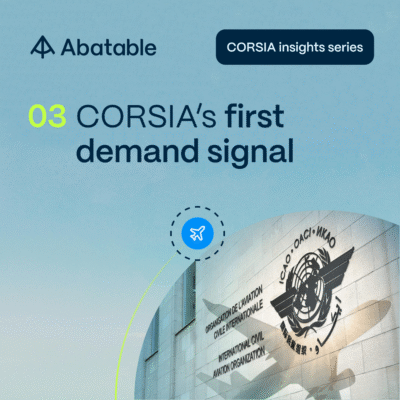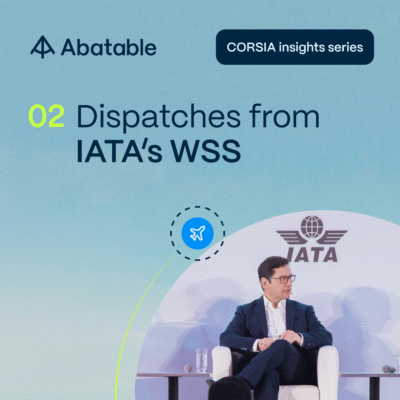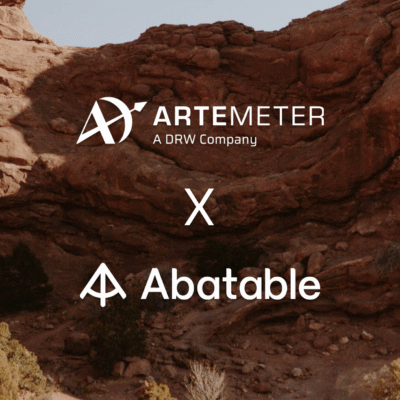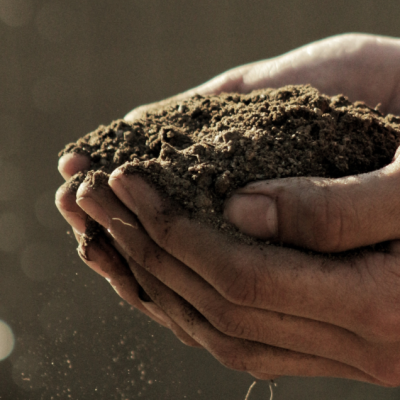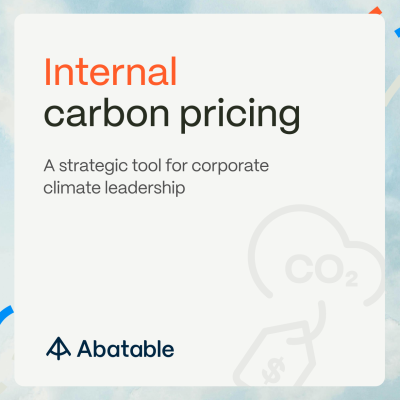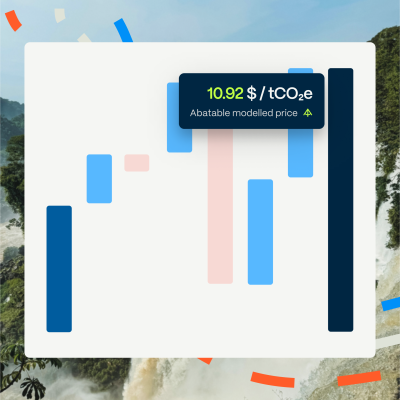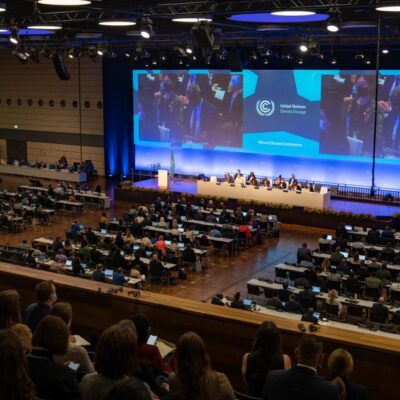Improved Cookstove (ICS) projects are a key mechanism to enhance global access to clean cooking, particularly in developing countries where household fuel consumption is heavily reliant on emission-intensive fuels such as woody biomass and charcoal.
ICS projects aim to replace inefficient baseline stoves (three-stone fires and rudimentary cookstoves) with more thermally efficient cookstoves or those that utilise alternative fuels, thus reducing cooking time and fuel reliance whilst generating plausible emission reductions. Cookstove projects are also associated with solid community co-benefits, including reduced exposure to indoor air pollution which leads to improved health outcomes for women and children, who usually do the most cooking.
Abatable published an in-depth review of the ICS carbon project type in March 2023, detailing the main differences in available technologies. We have now refreshed our insights with an in-depth methodology review. Our key findings and updated perspective follow.
Our cookstove methodology review
Earlier this year the University of Berkeley put forward a study investigating the legitimacy of ICS projects from a climate impact perspective. From an analysis of five commonly used methodologies, the study suggested a high risk of over-crediting connected with the project type. This triggered concerns from buyers and investors and encouraged the acceleration of initiatives aimed at improving the sector’s integrity. However, it is important to remember that the draft paper is yet to be peer-reviewed or accepted for academic publication.*
To identify the most stringent ICS methodologies, Abatable conducted a deep dive into eleven of the most popular and evaluated their performance against key project criteria including an assessment of additionality, quantification, baseline and monitoring. We have confirmed the results of our analysis with expert consultations.
Our insights are summarised in Figure one.
Examples of strong performance across the project criteria include:
- Additionality – Whilst most cookstove projects are additional, the evidence requirements across existing methodologies are generally weak. Most methodologies require compliance with a positive list, however, Abatable considers a common practice or investment barrier analysis a more credible approach, with a combination of these approaches constituting best practice. We anticipate that as new and revised methodologies emerge, the demonstration of additonality will become more evidence-based.
- Quantification – This factor assesses the conservatism of the emissions reduction model. The most robust methodologies will advocate the direct measurement of parameters where feasible and, if not, provide conservative default values or promote the use of credible and regionally specific literature for assumptions. For example, methodologies implementing a default baseline stove efficiency of 15% or greater are deemed more conservative.
- Baseline – More robust methodologies will encourage project developers to conduct sample surveys to determine baseline fuel consumption. Here, the sampling design is the most important factor, aiming to ensure a representative sample.
- Monitoring – Monitoring surveys are conducted to determine the rate of use of stoves over the project’s lifespan. More cautious approaches will insist on a statistically meaningful sample, with minimum sample size constraints and surveys conducted at least yearly. Specifically, techniques that advocate for in-situ paired Kitchen Performance Tests (KPTs) are the most trustworthy. A paired KPT is a particularly rigorous method of quantifying a stove’s biomass savings in the baseline scenario and in subsequent monitoring periods.
To access our full cookstoves methodology review, or a methodology review from any of the other ten project types we’ve assessed, please enquire with a member of our team at [email protected]
Review conclusions
Several conclusions can be drawn from our methodology review.
Conclusion one: Gold Standard methodologies are more thorough, with the greatest credibility lying in a metered approach.
Gold Standard methodologies have stronger guidelines for quantification and baselines relative to Verra’s commonly used methodology, VMR0006. However, earlier in the year, Verra published proposed revisions to VMR0006, which provide more up-to-date and conservative default values for quantifying emissions reductions.
The GS Metered and Measured methodology offers the best monitoring and verification approach, predominantly as it requires project devices that allow for direct measurement of fuel consumption, including but not limited to induction cookstoves, electric pressure cookers, hot plates and metered LPG and ethanol cookers. However, it should be noted that metered cooking devices are not feasible in many project regions, particularly in rural settings, given the lack of energy infrastructure available to support the technology or fuel switch.
We anticipate that GS Metered and Measured will be the methodology most aligned with the requirements set out by the Core Carbon Principles (CCP) Assessment Framework. This framework, put together by the Integrity Council for the Voluntary Carbon Market (IC-VCM), outlines key criteria for identifying high-integrity carbon credits.
Conclusion two: Only advanced ICS and fuel switch technologies have material health benefits.
Associated health benefits vary considerably depending on the stove design. Using the voluntary performance targets published by the International Organisation for Standardisation (ISO) federation, stoves that score between one and three in terms of ‘emission Factors‘ and ‘indoor emissions’ correlate to a negligible or limited improvement in health benefits.
These stoves are typically solid-fuel basic and intermediate portable ICS, which offer marginal improvements in thermal efficiency, are made of basic materials and may be unvented. Stoves that score between four and five correlate to more significant health improvements for communities on the ground. These may be metered cooking devices or advanced portable ICS, which usually have higher thermal efficiencies (>50%) and are typically composed of quality metals and alloys.
However, it’s important to note that a metered approach is not always fit for purpose in a rural context, given the project region may lack the energy infrastructure required to support the fuel switch. Secondly, given the more expensive technology, it’s unlikely that very low-income households would be able to justify the upfront investment and fuel costs of metered stoves over the project’s crediting period.
Conclusion three: Values for the fraction of non-renewable biomass (fNRB) continue to be debated, significantly impacting project viability.
fNRB is a parameter within the emissions reduction model that accounts for the relative amount of wood that is harvested in the project region which goes beyond the landscape’s natural rate of regeneration. To date, projects have been able to apply national defaults from academic literature, or pre-approved values from the United Nations Framework Convention on Climate Change (UNFCCC).
Most methodologies also permit developers to determine project-specific fNRB values using the CDM-derived ‘TOOL30 Calculation of the fraction of non-renewable biomass’, or by conducting a local study. However, these values are widely criticised as allowing too much flexibility in the data inputs, leading to a wide dispersion of potential assumptions.
This has led to the industry-wide application of higher fNRB values, typically in the range of 70-90% for carbon projects. This would suggest a rapid depletion of all available biomass in the project regions, which is often not reflective of the situation on the ground.
However, a new methodology workstream driven by The Clean Cooking and Climate Consortium (4C), formed under the Clean Cooking Alliance and its partners, aims to propose more conservative values. As part of the 4C methodology workstream, the UNFCCC has commissioned the Stockholm Environmental Institute and the National Autonomous University of Mexico to publish a global fNRB database using the peer-reviewed MoFuSS model. The model will allow fNRB values to be estimated at the national and sub-national levels, and offers more conservative estimates than previous approaches and tools (see Figure two).
fNRB is a linear parameter, such that halving the fNRB value would result in half the total emissions reductions generated from a project. Given that cookstove credits are priced so low, it’s unlikely that many of today’s projects could survive if they issued half the amount of credits unless they were able to increase price and revenues by a similar magnitude.
While the project type may suffer considerably in the short term from fNRB changes, it may be argued that this market correction is needed to ensure the quality of carbon claims in the future.
Many of Africa’s largest cookstove developers have already pooled together and called for a ‘peer-review’ of the new values in a letter from the Project Developer Forum to the UNFCCC. Their arguments are predominantly centred around the data inputs used to produce the provisional fNRB values. Correcting the data parameters to be locally specific may improve the accuracy of the results.
How is cookstove methodology use changing?
Most historical cookstove projects were developed under methodologies from the Kyoto Protocol’s Clean Development Mechanism (CDM).
Increasingly, however, new projects coming through on registries are adopting Verra’s VMR0006 methodology, the GS TPDDTEC methodology and GS Simplified (see Figure three).
Recently, some projects have registered under the GS Metered and Measured methodology (1.31% of total cookstove projects to date), which has been predominantly aimed at electric stove project activities. With greater alignment of the metered approach to the latest Article 6.4 guidance, we expect an uptick in project registration under the GS Metered and Measured methodology.
Final remarks
There are a few markers that suggest the cookstove industry is undergoing a transitional phase: high risks of over-crediting have been exposed, and the retirements of cookstove credits, as well as credit prices, have suffered accordingly (down 30% from mid-September). However, Abatable is excited to see new initiatives coming to market which promise to provide direction to developers on how to adhere to more conservative emissions reduction models and deploy quality ICS. This should help restore the project type’s credibility.
We suspect projects that adhere to the 4C or GS Metered and Measured methodologies are most likely to obtain CCP-eligibility and comply with emerging Article 6 criteria. Projects that adopt the new fNRB values are likely to be perceived as higher quality and may fetch a price premium in the future.
We continue to believe that the value of an improved cookstove project goes beyond climatic benefit, is multidimensional and, like all other projects, should be evaluated on a project-by-project basis.
* Update as of 23 January 2024 – the study has now been published and is available here.
Annex
The list of cookstove methodologies analysed for this study:
Gold Standard
(1) Reduced Emissions from Cooking and Heating – Technologies and Practices to Displace Decentralized Thermal Energy Consumption (GS TPDDTEC)
(2) Methodology for Metered & Measured Energy Cooking Devices (GS Metered and Measured)
(3) The Gold Standard Simplified Methodology for Clean and Efficient Cookstoves (GS Simplified)
(4) Thermal Energy from Plant Oil for the User of Cooking Stoves (GS Plant Oil)
(5) Programme, Baseline and Monitoring Methodology for the Introduction of an Alternative Ignition Technique as Measure to Improve the Energy Efficiency of Domestic Coal Fires (GS Alternative Ignition)
(6) Gold Standard Quantification of Climate Related Emission Reductions of Black Carbon and Co-emitted Species due to the Replacement of Less Efficient Cookstoves with Improved Efficiency Cookstoves (GS Black Carbon)
(7) Methodology for Animal Waste Management and Biogas Application (GS Animal Waste)
Verified Carbon Standard (Verra)
(8) VMR0006 Methodology for Installation of High Efficiency Firewood Cookstoves (VMR0006)
(9) *Proposed minor revisions to VMR0006 Methodology for Installation of High Efficiency Firewood Cookstoves (VMR0006: Minor Revisions)*
United Nations Climate Change Global Climate Action (CDM)
(10) AMS-II.G.: Energy efficiency measures in thermal applications of non-renewable biomass (AMS-II.G)
(11) AMS-I.E.: Switch from non-renewable biomass for thermal applications by the user (AMS-I.E)






